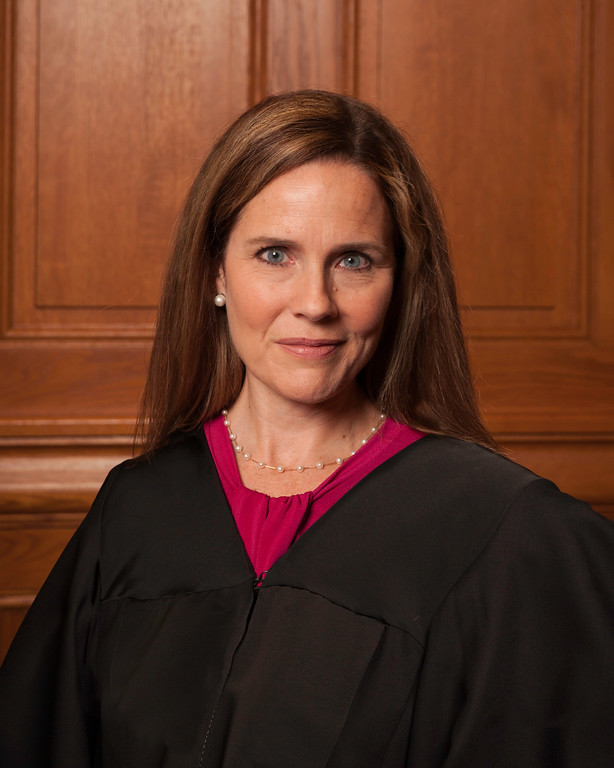Supreme Court Shift Creates Concern
October 23, 2020
The passing of 87-year-old Supreme Court Justice, Ruth Badger Ginsberg, left many with mixed emotions. Regardless of political beliefs, Ginsberg was seen as a powerful and distinguished leader, rising as an icon for many women. Her death, due to pancreatic cancer, saddened hearts across the nation.
Others were filled with worry upon hearing of her passing, worried that the political scales of the Supreme Court would quickly shift. Ginsberg was the leader of the liberal wing of the court. Although the conservatives held a majority of 5 to 4, Chief Justice John Roberts voted with the liberal party more recently, particularly on topics such as abortion or the DREAMer program. With the days counting down to the next election, President Donald Trump rushed to nominate a new conservative justice to fill Ginsberg’s spot, thus tipping the court heavily in the Republican party’s favor.
Amy Coney Barrett, a federal appellate judge and Notre Dame Law professor was Trump’s ultimate nominee to the Supreme Court. Republicans strongly back her due to Barrett’s religious views, which greatly influence her positions on being anti-abortion and against the Affordable Care Act.
Barrett went through the confirmation process, attending numerous Senate confirmation hearings in the past few days. Democrats oppose this, especially due to the precedent set by the Republican Party in 2016. President Barack Obama nominated Merrick Garland during the last year of his presidency and was blocked by the Senate, as they ruled that the nomination should wait until after the election.
Amy Coney Barrett’s official confirmation is expected before the election date of November 3, and would tip the scales of the Supreme Court to a 6 to 3 conservative majority.











